Sustainable Peat Moss
Sustainable Peat Moss
Industry professionals recognize Canadian Sphagnum peat moss as the superior base for soilless horticultural growing mixes. This is due to peat’s high capacity to hold water, air and nutrients, as well as its adjustable pH, light weight, low salt content, homogenous composition, high structural stability, and lack of insect pests.
The professional grower market requires a reliable supply of soilless mixes to meet the demand of the retail and professional green goods market, while minimizing costs, maintaining product quality, and meeting delivery schedules. Retailers and home and garden consumers also rely on peat moss as the primary component of potting soils and garden soil amendments for home use.
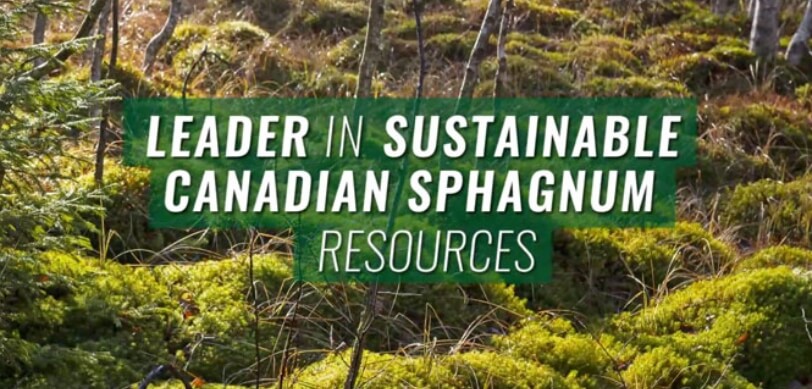

The North American peat moss industry is characterized by a small number of long-term participants with diversified, but loyal, customers. The majority of Canada’s peatlands over which industry participants hold rights contain Sphagnum species — the source of the highest quality peat for horticultural purposes. Many characteristics make Sphagnum peat uniquely valuable. It naturally increases water retention by holding up to 20 times its weight in water, reduces nutrient leaching, improves soil structure and drainage, increases soil pH buffering capacity, and is naturally weed and pathogen free. This positions Canadian producers as the primary peat suppliers to the North American horticultural market.
Despite the superiority of Canadian Sphagnum peat moss as a growing medium, the North American industry benefits from significant barriers to entry. It requires substantial capital to develop peatlands and establish processing facilities and transportation networks. Moreover, there is increased demand for sustainable peat moss and the research and resources needed to meet this demand.
Peat Moss Facts
Sun Gro® identifies and harvests only from bogs that can be restored to functioning wetlands, wildlife habitat or farmland.
Sun Gro® carefully harvests peat moss to allow for easy restoration.
Canada has more than 281 million acres of peatlands (25% of the world’s supply).
Harvested peat moss improves plant and soil health wherever applied.
Peat Moss grows more than 60 times faster than it is harvested.
Peat Moss is abundant and environmentally sustainable.
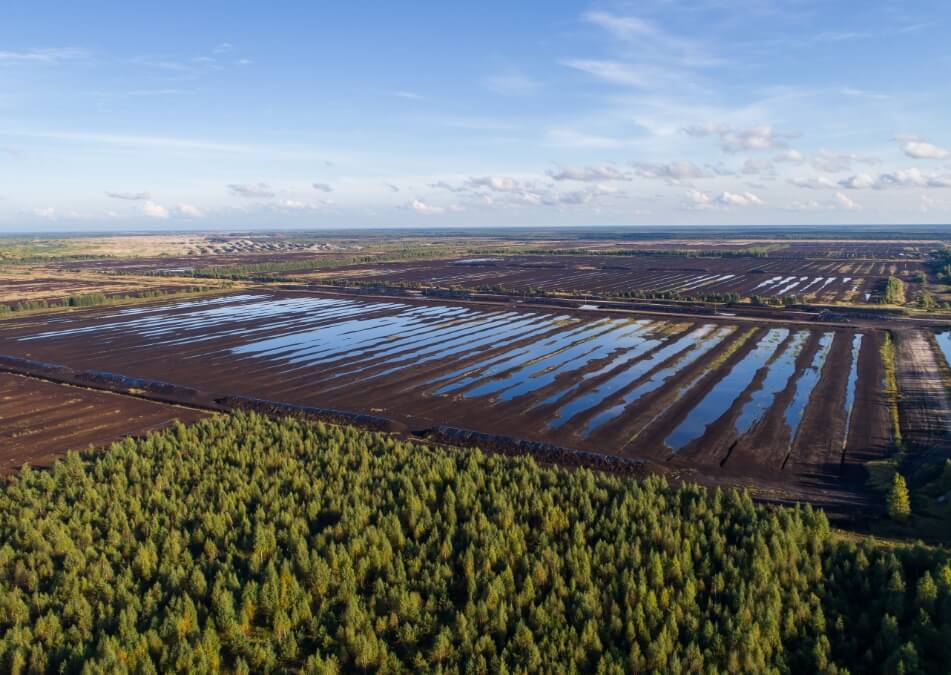
Commitment to Peatland
Renewal
In Canada, there are 281 million acres (113.6 million hectares), or around 25% of the entire world’s peatlands. Less than 0.03% of Canadian peatlands have been harvested to help beautify our environment and grow millions of potted plants. According to a 2015 Canadian Sphagnum Peat Moss Association (CSPMA) study, the Canadian horticultural peat industry operates on less than 71,000 acres (29,000 hectares) of these peat bogs nationally. Of these, 41,180 acres are currently under production, 17,750 acres have been restored or reclaimed, 10,650 acres are awaiting restoration, and 1,420 acres have been converted to agriculture or other land uses. Moreover, the amount of peat moss harvested from Canadian peatlands every year is nearly 60 times less than the total annual accumulation of new peat moss.
Environmental responsible peat moss industries, such as Sun Gro® Horticulture, safeguard Canadian peatlands as an abundant renewable resource through properly managed peatland restoration. We restore our peatlands post-harvest to ensure they remain healthy and productive for years to come. Once harvest is complete, we leave a layer of natural peat to enable natural succession and actively pursue bog restoration. Only bogs that can be restored to functioning wetlands, wildlife habitats, or farmland are selected for harvest.
Commitment to Peatland
Research & Development
To further aid peatland restoration efforts, Sun Gro supports research being conducted by the Peatland Ecology Research Group (PERG) centered at the University of Laval in Quebec, Canada. This research focuses on hastening the restoration of post-harvest bogs so they may more effectively produce new peat for harvest. Sun Gro also works closely with the Canadian government and other industry leaders to find new ways to accelerate peatland regeneration. In fact, both entities have contributed over $2 million towards peatland restoration research — to include research being conducted by PERG. This has proved fruitful. New research in peatland restoration indicates that regeneration can be accelerated via a transfer technique developed at PERG.
According to Stephanie Boudreau (Science Coordinator Biologist (M.Sc.) of the Quebec Peat Moss Producers Association and the CSPMA): “Based on the moss transfer technique developed through the [PERG] research program, a Sphagnum-dominated plant cover is re-established within 3-5 years following restoration.”
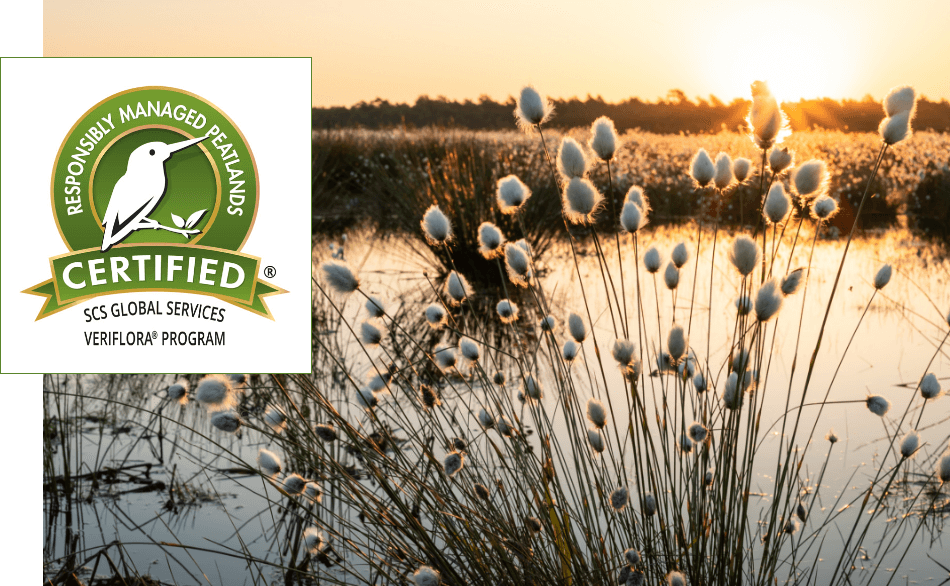
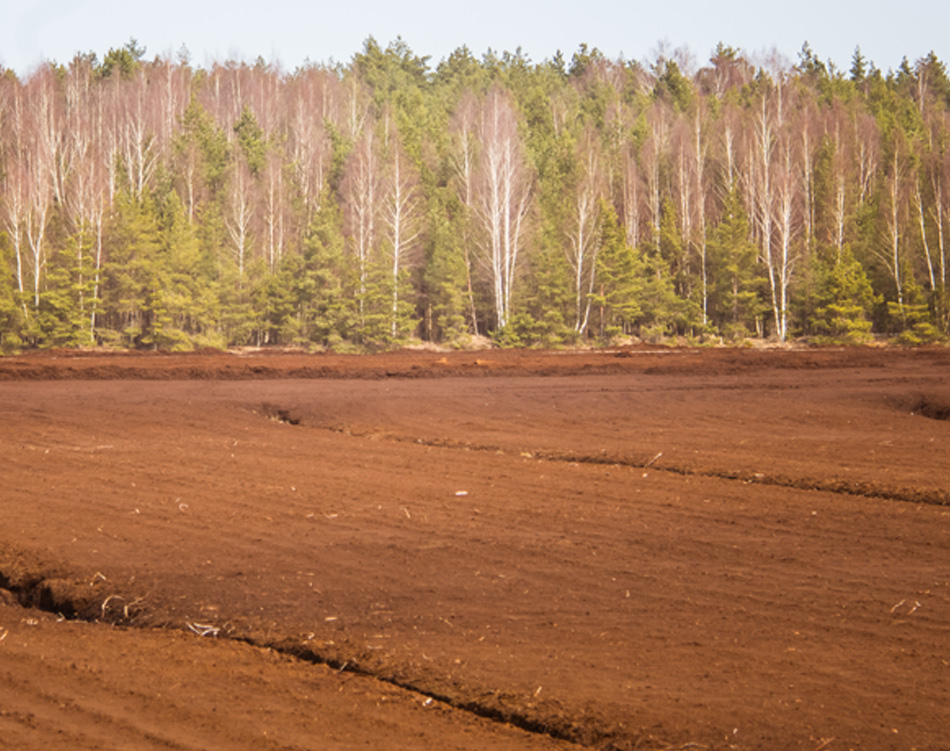
Peat Harvesting
Peat harvest occurs within a narrow time window. In Canada’s northern peatlands, the harvesting season is from April through to October, with 40 to 50 suitable harvest days during this period.
A peat bog must be prepared for harvest. First it is drained of near-surface water and cleared of all surface vegetation. Then it is harrowed to a depth of 3 to 4 inches to expose the top layer of peat to the sun and wind. Once dried, the peat is vacuumed with harvesting machinery. A vacuum harvester can harvest an average of 100 acres per day.
Once harvested, peat is stored in large piles, or stacks, adjacent to the bog area before it is transported to a processing facility. For a typical peat bog, the more valuable profession-grade peat is found near the surface. As the harvest depth increases during the life of the bog, the volume of older, more decomposed, retail-grade peat increases. The harvest from a new bog is typically 75% professional-grade peat and 25% retail-grade peat.
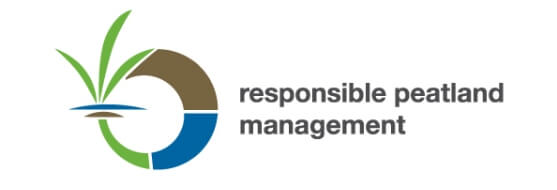
The Canadian Sphagnum
Peat Moss Association
(CSPMA)
Sun Gro Horticulture is a member of the CSPMA. Founded in 1988, the CSPMA promotes the benefits of peat moss to horticulturists and home gardeners throughout North America while fostering preservation and responsible reclamation measures for Canadian peatlands. The organization is comprised of North America’s key peat moss producers and marketers and represents 95% of Canada’s total production. Canada, the world’s largest producer and exporter of horticultural peat moss, produces more than 98% of the Canadian Sphagnum peat moss used in the United States.
The CSPMA takes a proactive stand on environmental issues and promotes awareness of responsible environmental management of peatlands. It has an active science program and regularly funds related research and development. It also promotes policy and governance initiatives nationally and internationally and advocates responsible environmental management of peatlands through trade magazines and an active campaign with the American Nursery and Landscape Association (ANLA).
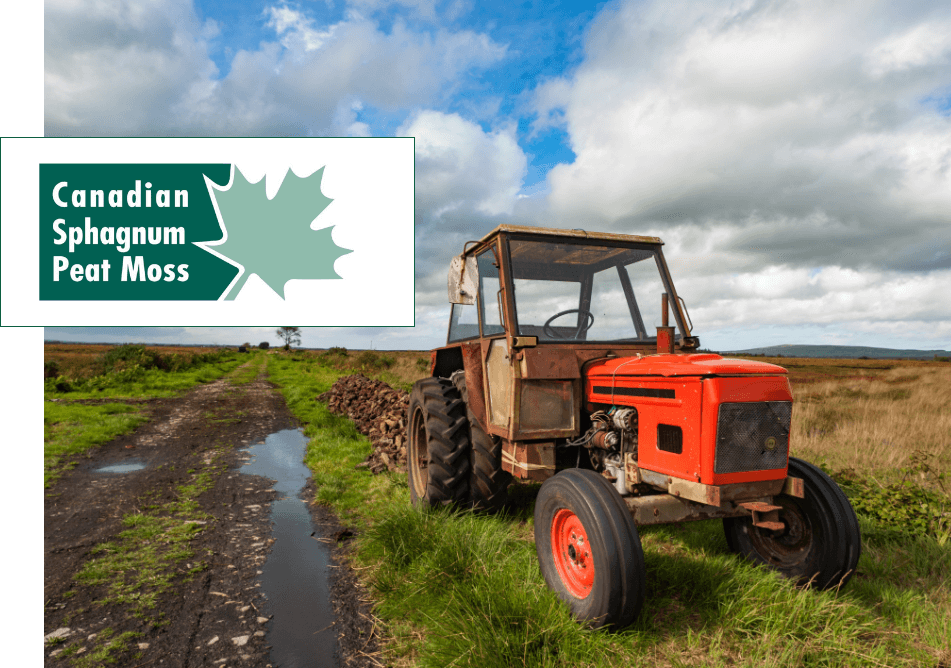
Some key endeavors illustrating the
CSPMA’s proactive stance
Adoption of a Preservation and Reclamation Policy (Revised, 1999)
Publication of an issue paper on Canadian Peat Harvesting and the Environment (Second Edition, 2001)
Creation of a Sustainability Benchmarking study in 2009 (Pricewaterhouse Coopers)
Attainment of the SCS Veriflora Peat Management Certification in 2011 (Science Certification Systems, California)
Hiring of a National Science Coordinator in 2012
Endorsement of policy initiatives including a 2011 endorsement of the Strategy for Responsible Peatland Management (International Peat Society)
The CSPMA maintains affiliations with many
respected environmental groups
The CSPMA maintains affiliations with many respected environmental groups, such as Environment Canada, the North American Wetlands Conservation Council and Ducks Unlimited, while also working with provincial and federal government representatives. It is a member of the Canadian Business Biodiversity Council (CBBC), the Garden Writers Association, the Mulch and Soil Council and the International Peat Society headquartered in Finland.
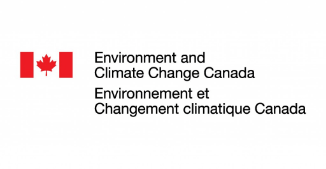
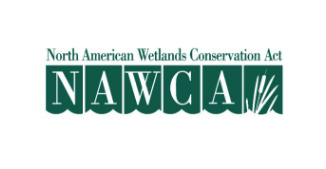
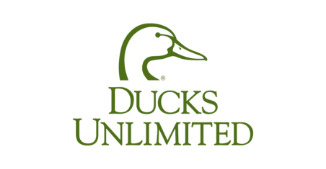

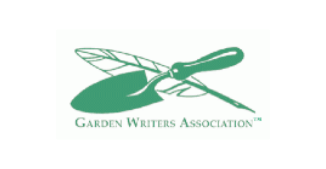

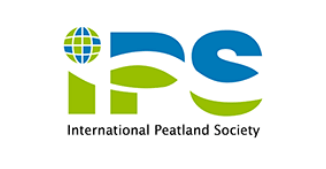
Articles
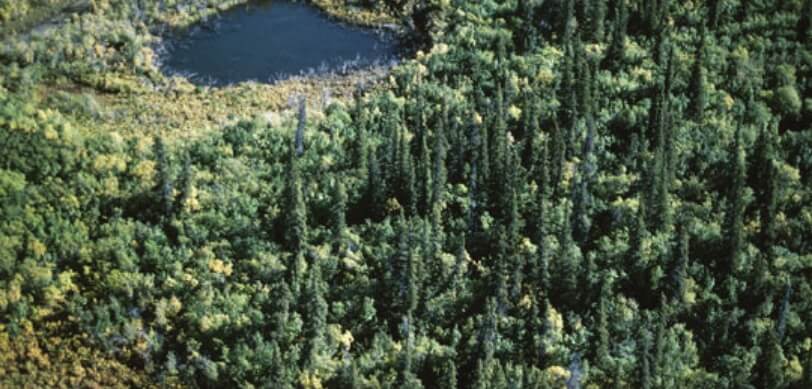
Behind the Business: Bogs, Barges and Uncle Sam
Sun Gro may today be the largest producer and distributor of peat moss and peat-based growing media in North America, but when it was founded as Western Peat Company in Vancouver, British Columbia, in 1929, it was strong backs and sharp shovels…
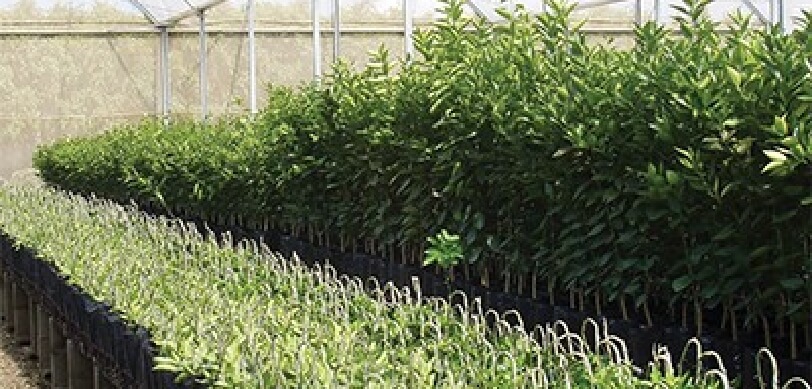
Mixing it up:
Growers are always looking for a new growing advantage.
Growers are continually looking for the holy grail of soilless potting mixes. Such as mix would be economical, easy to handle, porous but able to retain the right amount of moisture, hold nutrients, and of course, improve crop performance and…
(1) All figures provided by Statistics Canada.
(2) 1999 and 2000 production levels increased due to increased exports to meet increased off-shore demand resulting from abnormally low harvest levels in Europe. For more information, contact the Canadian Sphagnum Peat Moss Association.
(3) Jesse Vernon Trail. 2013. The Truth about Peat Moss. The Ecologist.
(4) CSPMA 2015 Statistics about Peatland Areas Managed for Horticultural Peat Harvesting in Canada
(5) Christopher Craft. 2016. Peatlands. Creating and Restoring Wetlands, 161-192.
